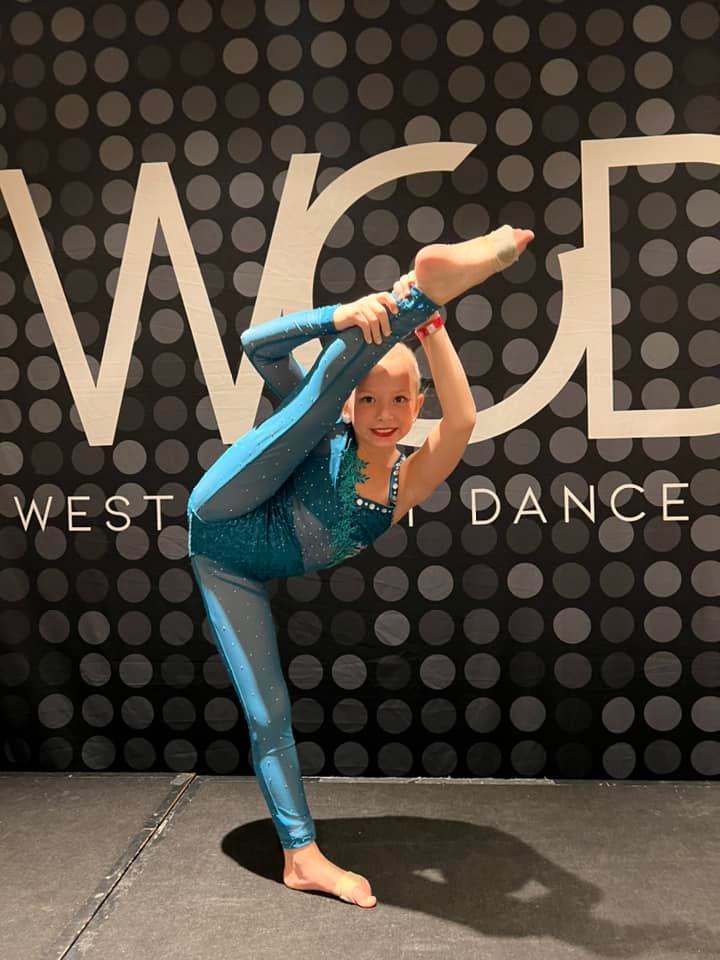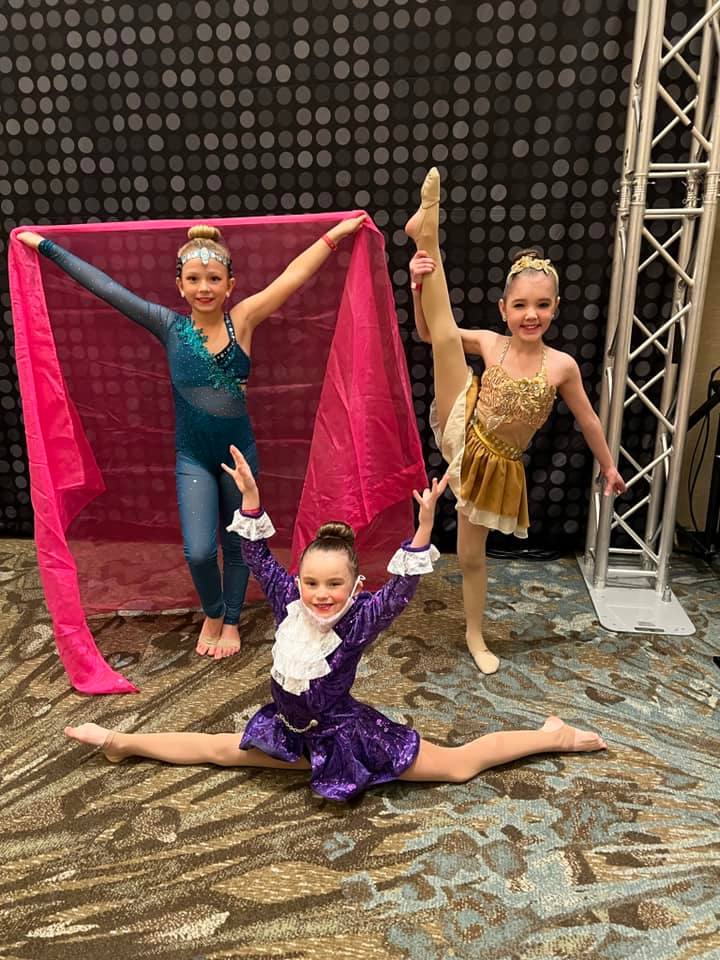For pros and aspiring pros.
Most of the dancers who contact us for support are either working professionals or those who aspire to be.
Even though we would prefer it to be otherwise, there is still an aesthetic pressure in that area. No matter how it is expressed, we should acknowledge its existence because we are powerless to wish it away.
If you’re unsure of your ideal weight, think about putting down the scale and letting your body be your guide. While consuming enough nourishment, you should be able to easily maintain your healthy weight.
Honor your body.
As a dancer, your body is your instrument, but it serves you in so many other ways in daily life. You live there. You should be thankful for it merely because it exists and keeps you going through the day.
Meeting your wants is part of honoring your body. It’s about taking care of oneself and realizing that dancing wouldn’t be possible without this place you call home.
Ask yourself: Am I actually taking care of my body outside of the studio? if you want to be a healthy dancer.
Respect your individual needs.
It makes no difference what anyone else consumes. Your dietary requirements are wholly unique. Avoid deluding yourself into thinking that your calorie requirements are unusually high since you are a highly active person.
Any pre-professional or professional dancer should not consume less than 1,200 to 1,500 calories per day because it is exceedingly low and unhealthy. Your daily calorie requirements will probably be far more than 2,000.
You must ask yourself: Am I meeting my personal needs? if you want to dance in good health.
Prioritize high-quality fuel.
Your dietary decisions matter. Before you consider the quality of the food, make sure your connection with it is healthy since that is what matters even more than that.
So, what exactly is premium fuel? Food that is rich in macronutrients (protein, carbohydrates, and fats) and micronutrients (vitamins and minerals) to give your body the energy it needs to function at its best.
It’s crucial to avoid undereating in terms of calories or macronutrients in favor of your micronutrient needs. Fruits, vegetables, and other plant-based foods are abundant in important vitamins and minerals yet have comparatively few calories. To suit your demands as a performing athlete, you should have a variety of meal options and include calorically dense foods.
Ask yourself: Am I eating various, nutrient-dense foods? if you want to be a healthy dancer.
Plan strategically.
You must prioritize your health and well-being by making a strategy. This can be as easy as sitting down and planning where you’ll squeeze in meals and snacks after looking at your upcoming commitments. Having three meals and two snacks, or two larger meals and three to five snacks is a solid general rule for dancers.
Make some lists of possible breakfast, lunch, supper, and snack options once you’ve identified where you can refuel. (Click here for my snacking advice.) Consider how you feel after consuming each of your selections. It’s important to note for yourself that some strategies might be more effective in some time frames than others.
Some foods, including those higher in fiber, which may induce bloating or stomach discomfort, may be best avoided before dancing. You won’t experience the same energy surge from a meal that is largely protein as you will from one that has carbohydrates. Always strive for balance (include modest amounts of protein, carbohydrates, and fat) and pay attention to what suits you.
Ask yourself: Am I scheduling strategic fuel inside my schedule to be a healthy dancer?






